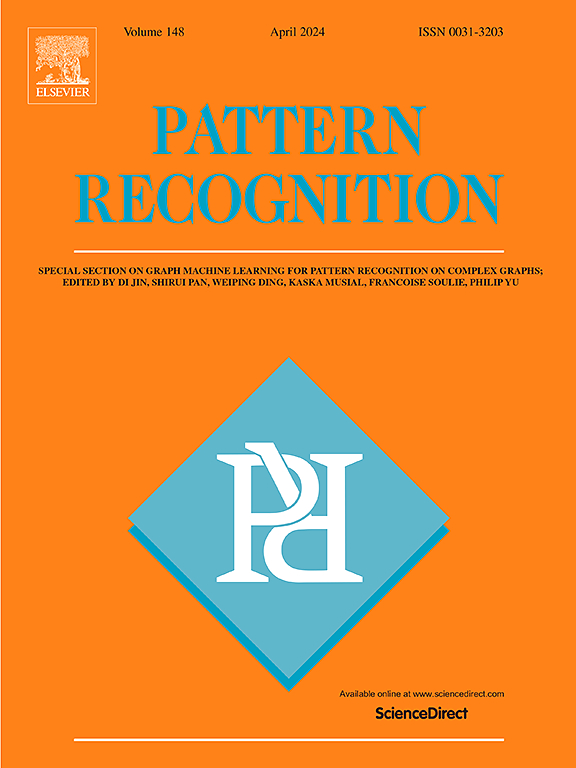Scaled robust linear embedding with adaptive neighbors preserving
IF 7.5
1区 计算机科学
Q1 COMPUTER SCIENCE, ARTIFICIAL INTELLIGENCE
引用次数: 0
Abstract
Manifold learning studies the invariability of geometry in continuous deformation. In recent years, feature space learning methods usually extract and preserve the essential structure of manifold data by preserving the affinity relationship between sample points in the embedded space, namely, the invariant property. However, in this paper, we find that only considering the affinity relationship cannot effectively extract and preserve the essential structure of data in the embedded space. Additionally, to solve the out-of-samples problem, manifold learning uses linear embedding instead of nonlinear embedding to preserve the manifold structure of data. However, linear embedding assumes that manifold data are global linear manifolds, thus the coupling of different local regions and the diversity in the spatial scales of different regions will further distort the original data and impair the efficiency of linear embedding for preserving the essential structure of data. To solve this problem, this paper proposes scaled robust linear embedding with adaptive neighbors preserving (SLE), which introduces the adaptive weighting based on local statistical characteristics to achieve flexible embedding for manifold data, where the adaptive weights can be regarded as the elastic deformation coefficients of local manifold structures of data. Due to the adaptive elastic deformation, SLE can reduces the gap between nonlinear embedding and linear embedding, thus improving the ability of linear embedding to preserve the essential structure of data. Moreover, SLE integrates the learning of elastic deformation coefficients, similarity learning, and subspace learning into a unified framework, therefore, the combination optimality of these three variables is guaranteed. An efficient alternative optimization algorithm is proposed to solve the challenging optimization problem, the theoretical analysis of its computational complexity and convergence is also performed in this paper. Eventually, SLE has been extensively experimented on both artificial and real-world datasets and compared with current state-of-the-art algorithms. The experimental results indicate that SLE has a strong ability in uncovering and preserving the essential structure of data in linear embedding space.
求助全文
约1分钟内获得全文
求助全文
来源期刊

Pattern Recognition
工程技术-工程:电子与电气
CiteScore
14.40
自引率
16.20%
发文量
683
审稿时长
5.6 months
期刊介绍:
The field of Pattern Recognition is both mature and rapidly evolving, playing a crucial role in various related fields such as computer vision, image processing, text analysis, and neural networks. It closely intersects with machine learning and is being applied in emerging areas like biometrics, bioinformatics, multimedia data analysis, and data science. The journal Pattern Recognition, established half a century ago during the early days of computer science, has since grown significantly in scope and influence.
 求助内容:
求助内容: 应助结果提醒方式:
应助结果提醒方式:


